Lajedo do Pai Mateus
The Lajedo de Pai Mateus consists of a granitic massif of approximately 500 million years. This granite was formed from a pasty magma of quartz-feldspathic composition, which solidified to an estimated depth between 35 and 70 km. At this depth this rock was subjected to high pressures and temperatures. Over time – millions of years in fact – the rocks that covered the granite were eroded.
As it got closer to the surface the stresses it was subjected to were diminishing. This relief of pressure caused the development of a multitude of fractures both horizontal and vertical. This system of fractures separated from the main body of the granite countless blocks of different dimensions. Through the fractures gave itself one of the main processes responsible for the development of the landscape – the biochemical weathering. The rainwater as it traversed the rocky surface of the slab ended up having its courses “captured” by the fractures. The seeds of different plants, transported by the water ended germinated in the sediments deposited in the fracture.
ROCKY FORMATION
The decomposed organic matter accumulated in these fractures, in contact with the rainwater generated organic acids. These acids penetrated through the fractures, decomposing the feldspars, the main granite forming minerals, transforming them into soil. The continuous action of organic acids, in association with the root growth effort, eventually widened the fractures. By acting of the current water of the rains the soil, accumulated between the rocky blocks, ended up being retired. The blocks of rock, now isolated, became the target of another erosive process – the action of temperature.
CLIMATE
During the day the rocks exposed to the high temperatures of the caatinga expand. As night falls, temperatures drop and the rocks contract. This daily process, repeatedly indefinitely over the millennia, eventually caused “fatigue” on the rocks. This “fatigue”, acting primarily on the angular edges and edges of the rock blocks, causes them to detach, alternating to become more and more rounded. As the granite has a fairly homogeneous mineral composition, as the blocks lose as angular edges, as the successive rock plates become an having a “onion peel” format. In geology the phenomenon is called “spheroidal exfoliation”.
FORMS
As the process evolves more and more “shells” comes off, making the blocks increasingly spherical and on a rocky surface. This is the stage of development of an exotic landscape of the Lajedo do Pai Mateus (Father Matthew): the innumerable rounded blocks of granite, the only randomly shaped settlements, the one of a beautiful, on a large rocky surface. Faced with this, even after a scientific critique, one question remains: who threw the balls on Lajedo?



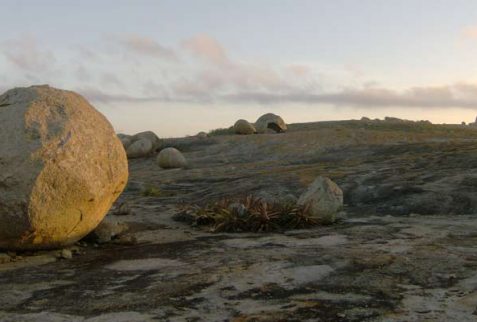

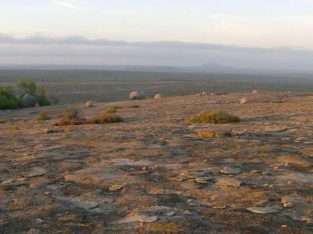
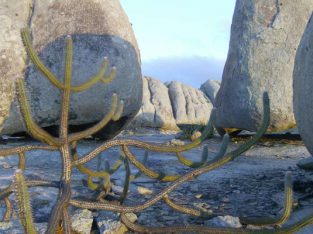
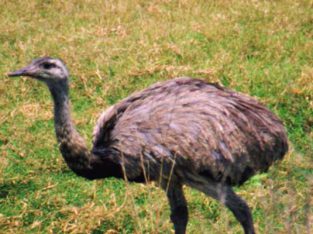

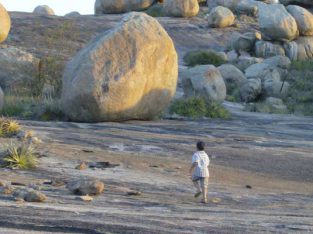

 Fale conosco
Fale conosco
Comentários